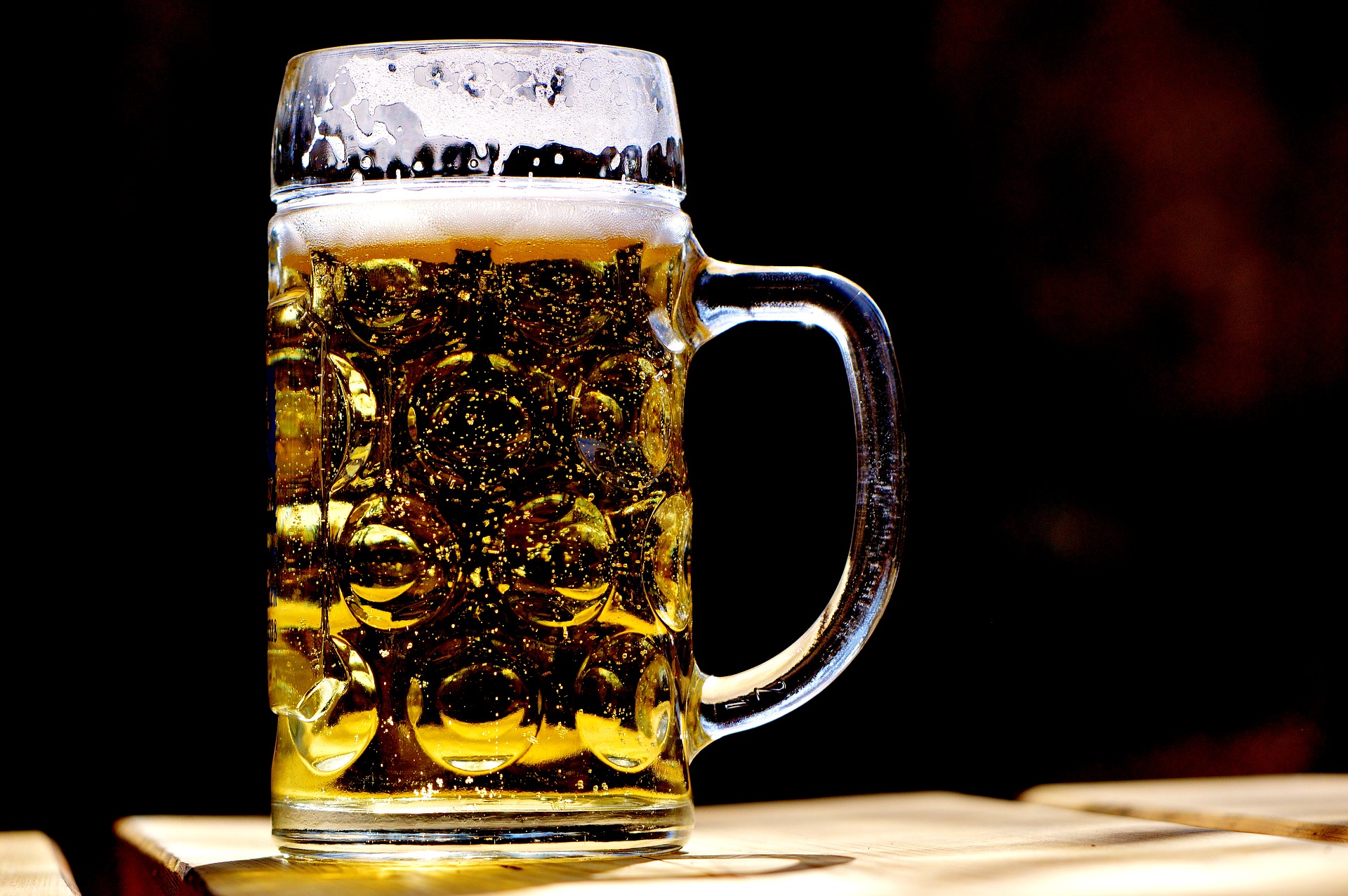University of Queensland researcher Dr Andrew Smirnov, from the School of Public Health, shares his opinion about drugs in schools with ABC News online.
The extreme nature of the recent overdose among a group of students at a Gold Coast private school should not distract from a far bigger problem — that of general substance use among school-aged children.
The overdoses were a cause for concern, but should also be placed in the context of everyday risks for young people.
Police have said they were inquiring into whether the Gold Coast students sourced their drugs from the internet.
Monitoring of internet usage and restriction of internet supply of drugs is unquestionably important. However, it will never completely stop young people obtaining dangerous synthetic drugs, for the same reason that restrictions on alcohol supply will not stamp out underage alcohol use.
We cannot properly address adolescent drug use without a better understanding of why these young people are seeking drugs in the first place.
It's clear we need to reduce the demand for alcohol and other drugs in this age group, with well-informed early intervention.
However, we know surprisingly little in Australia about adolescent beliefs and attitudes relating to substance use, or about generational changes in these belief and attitudes.
What drugs do kids use?
Alcohol is the most common drug misused by school-aged children. Among Australian children aged 12 to 17 years, nearly one in 10 boys consume alcohol at levels that put them at risk during a 12-month period. Girls are not far behind, with an estimated 7 per cent engaging in these drinking patterns.
 According to the 2016 National Drug Strategy Household Survey, by 19 years of age about one in five Australians (males: 23 per cent, females: 21 per cent) have tried an illicit drug, most commonly cannabis. For 12- to 17-year-olds, the figures are 14 per cent for boys and 12 per cent for girls.
According to the 2016 National Drug Strategy Household Survey, by 19 years of age about one in five Australians (males: 23 per cent, females: 21 per cent) have tried an illicit drug, most commonly cannabis. For 12- to 17-year-olds, the figures are 14 per cent for boys and 12 per cent for girls.
Rates of drug use escalate approaching school-leaving age, and after entry to university and apprenticeships. The average age of first drug use is 19.8 years.
Opportunities to use drugs increase dramatically with involvement in a greater variety of social settings as kids get older. Alongside opportunity comes direct observation of drug use behaviour in these settings, and some information (of varying quality) about drug effects.
By and large, among high school children who try drugs, patterns of use are experimental, infrequent and haphazard. They have little experience or knowledge to drive their actions. Few of their peers are using and they have limited opportunities to use.
However, the curiosity to try different things occurs from a young age, and those in early to mid-adolescence are susceptible to peer influence.
Among 12- to 17-year-olds who have tried an illicit drug, the leading reason they give is "because they wanted to know what it was like/curiosity" (62 per cent) followed by "friends/family members were using or offered the drug" (45 per cent).
The latter reason — the social opportunity to use drugs — does not appear as relevant to the recent high school incident.
Buying drugs online
Sourcing drugs from the internet bypasses the need for social contacts with drug users.
Access to the internet, including the dark net, bridges the gap between curiosity and action. "Normal" patterns of learning about and obtaining drugs can be bypassed. Consequently, adolescents may experiment with drugs they know little about.
Drugs sourced over the internet pose unique levels of risk because there is a disconnect between the buyer and seller and greater uncertainty about what the drugs contain. Information provided on the internet is unreliable.
Some drugs sold through the dark net are developed to imitate popular illicit drugs such as cannabis or ecstasy, but tend to be far more dangerous.
The unprecedented amount of time boys and girls spend on the internet brings novel risks and challenges. Internet sources have the potential to change patterns of drug use initiation for some adolescents.
Why did this happen?
The Gold Coast incident begs the question, why did these kids try a drug they knew little about? The only way to know for sure is from the boys themselves, but prior research provides some clues.
The drug they obtained (Phenibut) has some reputation for being a "smart drug" and has also been used recreationally to reduce social inhibition. It is unclear how the boys heard about the drug, but in most cases drug information comes from the same source as the drug itself; in this case an unknown entity in cyberspace.
At the same time, however, the boys' behaviour shares important characteristics with more common forms of adolescent substance use.
For children in early- or mid-adolescence, drug use is not only a product of curiosity and risk-taking, but also susceptibility to an external influence or stressor — whether at school, at home or in the neighbourhood.
In other words, some key factors that likely motivated the boys also influence the more common patterns of adolescent drug use.
Research in the US shows that changes in young people's beliefs about drugs predict subsequent changes in patterns of drug use. This is a valuable policy resource.
It is important to know more about these topics in Australia, firstly because alcohol and drug use is more dangerous at this age than any other, and secondly, policy responses may be ill-conceived in the absence of this knowledge.
It is time the grown-ups listened to the kids, rather than assuming they know best.
Andrew Smirnov is deputy director of the Queensland Alcohol and Drug Research Centre in the University of Queensland School of Public Health.
This article has been republished with permission from ABC Online. Read the original article here



